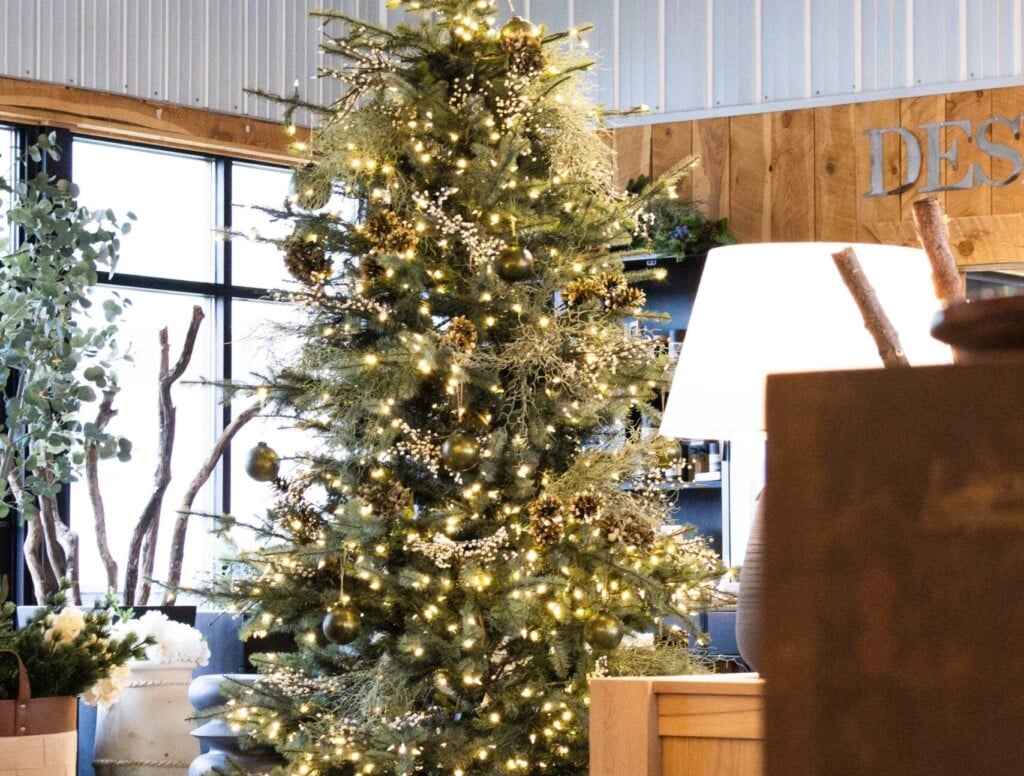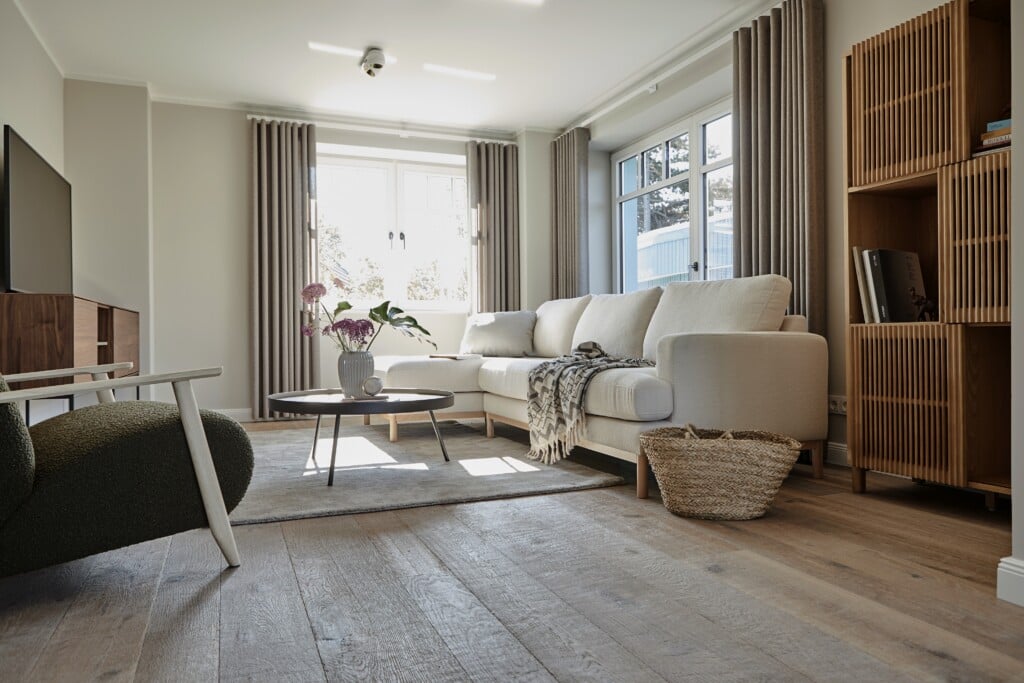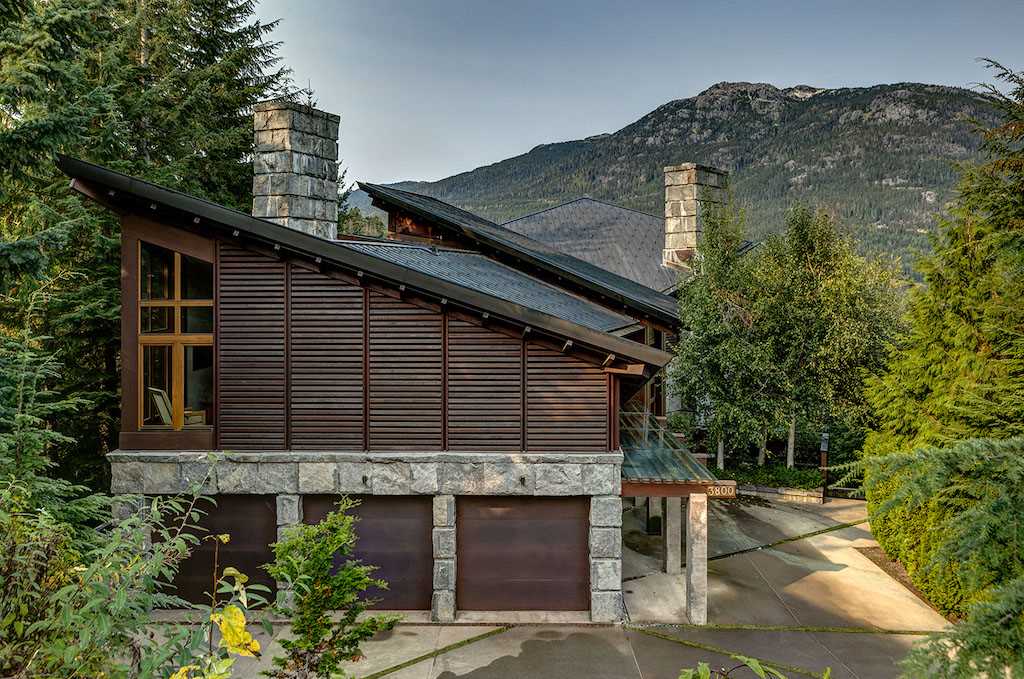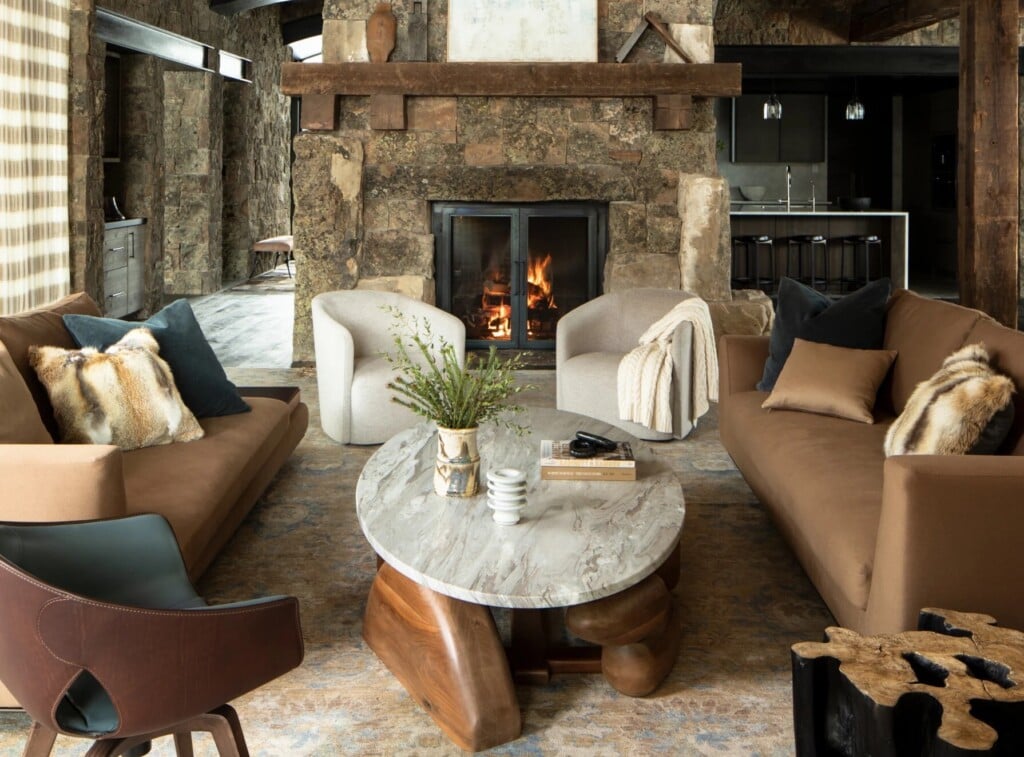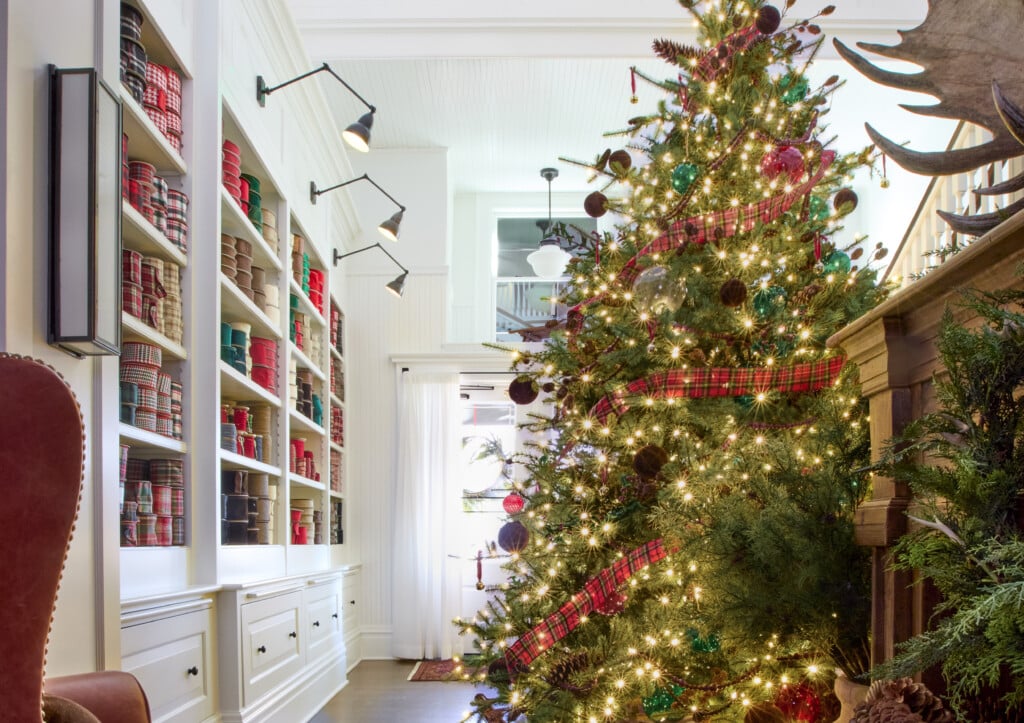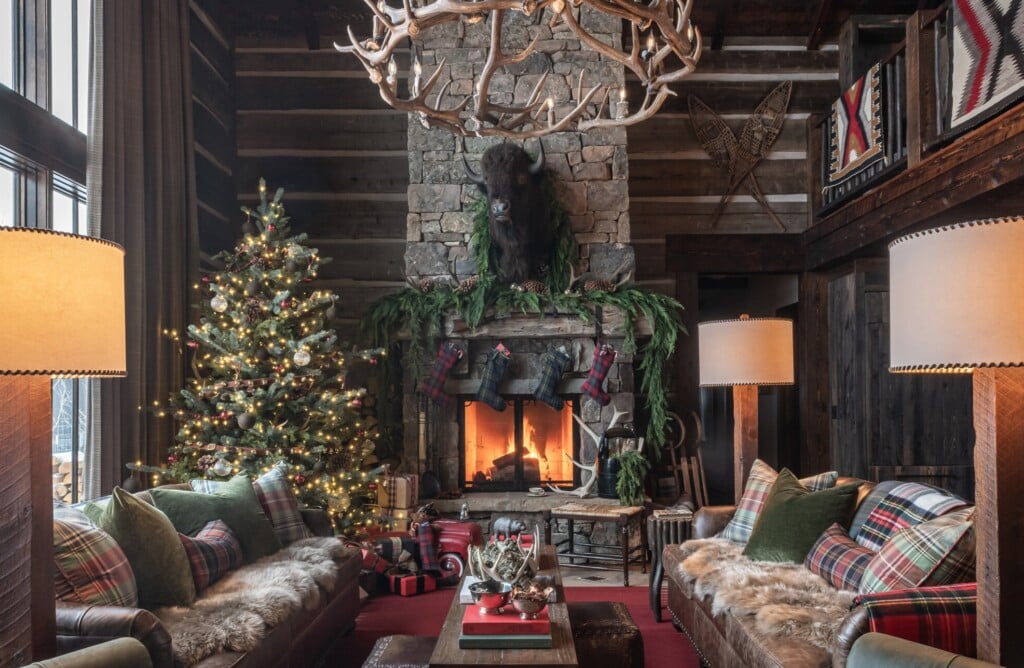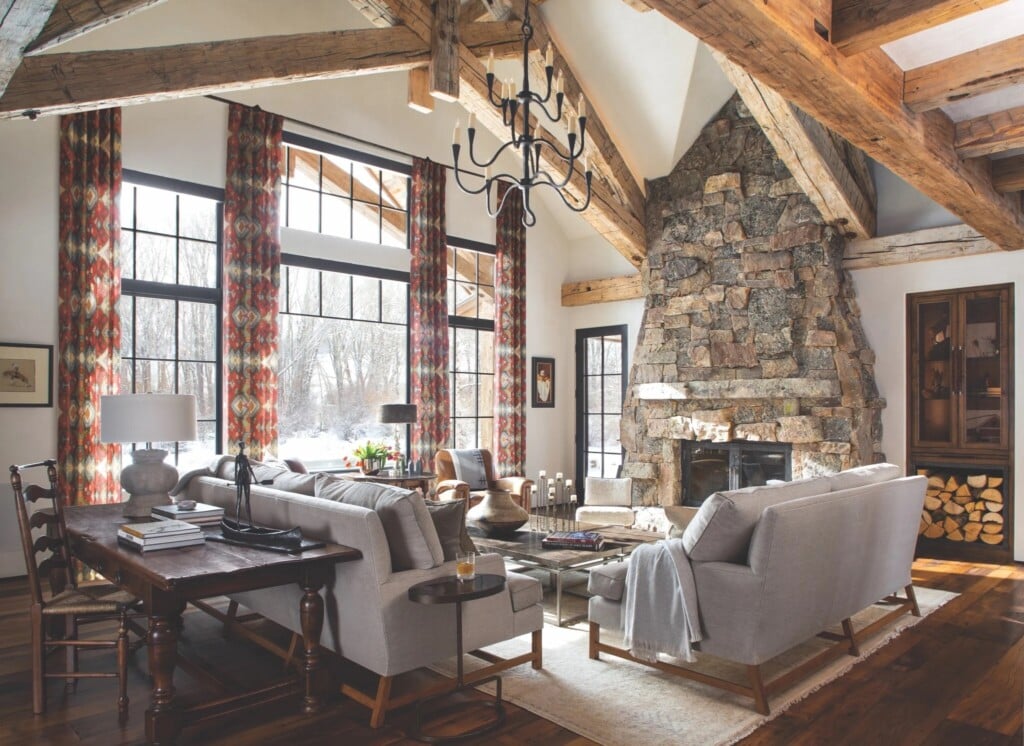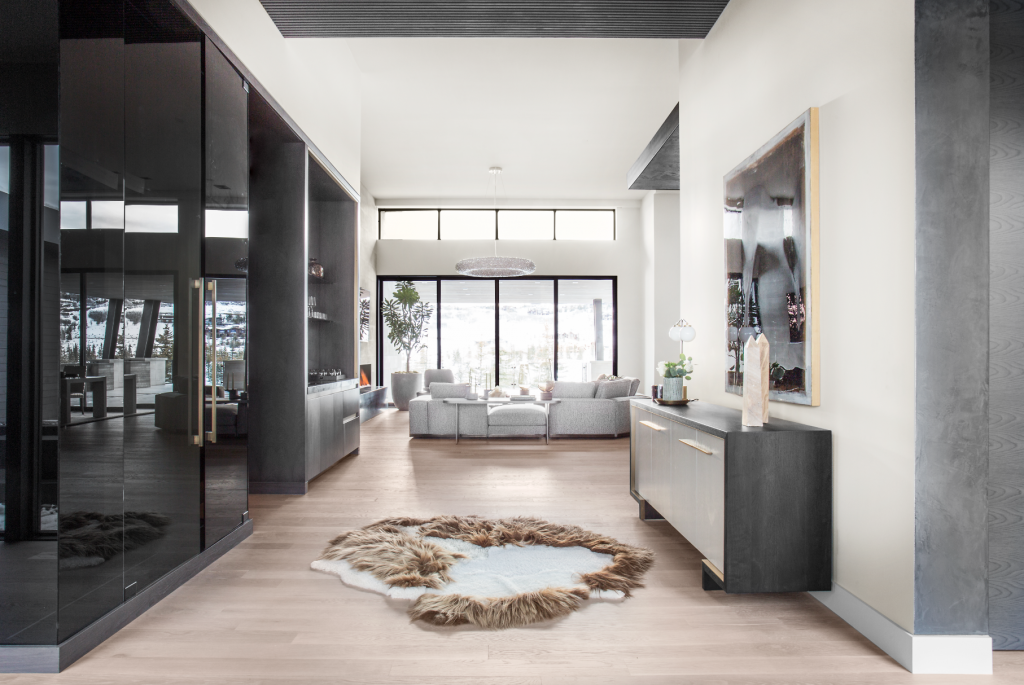Where to Begin with Natural Clay Plaster Walls
Most common questions answered.
When working with organic materials like natural earth plaster, starting with the right foundation—literally and figuratively—makes all the difference. But with so much information out there, it’s easy to feel overwhelmed or unsure where to begin.
The key isn’t just finding answers quickly, but asking the right questions. One of the best places to start is with the manufacturer’s FAQs, which can point you toward the right products and set you up for a successful application. Here, we share a few of our customers’ most frequently asked questions.
What type of wall surface is best to apply natural plaster over?
When using organic materials, such as natural earth plaster, it’s critically important to start with a clean slate, or, better yet, a properly prepared one. The most common wall surfaces that earthen clay is applied over include old painted walls and newly taped and mudded drywall/gypsum board. These surfaces are easy to prep for natural clay application. In its most basic form you would prime using a recommended paint primer mixed with a sand additive/masonry grit. This would be followed by the plaster(s) of your choice.
What surfaces can clay plaster not go over?
Substrates not suitable for clay plaster application must be removed or covered with drywall or another suitable surface prior to plastering. These include: OSB, plywood and all other forms of wood, paneling, wallpaper, ceramic tile, foam insulation or foam (poly) surfaces.
Others may require a brown coat of plaster (finished rough like sand paper) to level and/or strengthen the wall system. These include: cement block, straw bale, adobe, etc. Preferably, the plaster would be lime or cement based, which would require no further preparation.
Can natural clay plaster be used in a bathroom with a shower?
Clay plasters work beautifully in bathrooms. Natural plasters have the ability to absorb moisture from the air and slowly release it back as the air dries out (humidity buffering). This leads to less water vapor on the surface of the wall which can lead to mold or mildew growth, like on many painted surfaces in bathrooms.
However, earth plaster is not meant to be used inside the shower area. The shower will leave the plaster exposed to continuous water contact which will erode the plaster very quickly. Areas above the shower or near the shower can be plastered with clay. If soap residue or water spots occur, they can be cleaned using a damp tile sponge with a light amount of pressure. For the area inside the shower, a product specifically intended for a wet area, like tadelakt, a traditional Moroccan lime plaster, would be a better choice.
Does natural earth clay hold humidity at a certain level?
Clay plaster helps regulate humidity in a space, but it doesn’t regulate it constantly to a specific level. Rather, it helps lessen the swings of humidity changes within a space over time. The fluctuations are dependent more on the volume of space vs. the amount of clay being used.
More clay being used in a specific space would help the regulation as compared to less clay. This could be by lowering humidity in highly humid environments (ex: Florida, New Orleans) or helping to increase humidity in low humidity environments (ex: New Mexico, Arizona).
Would natural plaster work as a kitchen backsplash?
Clay plaster can definitely be used in the backsplash areas in the kitchen. The area around the sink would work beautifully as clay plaster is easily cleaned using a damp tile sponge occasionally—soap residue and water would not be an issue here. However, around the stove top, tile would be a better choice because the oils from cooking are much more difficult to remove from a breathable surface and could cause discoloration and possible repairs.
What is the best way to ensure a beautiful result?
Armed with the right information, beautifying your home with natural clay plaster is a project you can take on with confidence. The examples above show how reviewing FAQs and other resources from the manufacturer—such as suggested uses, required supplies, application steps, maintenance guidelines, and tutorials—can provide a wealth of knowledge and give you the assurance to move forward successfully.
Note: The expert advice provided in this article specifically pertain to American Clay products. If using a different product line, please refer to the manufacturer’s directions.
Jenny Russell is the Sales, Marketing & Design Director at American Clay, whose natural earth plaster products offer a healthy and creative solution for beautiful interiors. View their profile or contact Jenny at 866-404-1634.
Content for this article provided by American Clay.







